By SarhindTimes Weather & Disaster Desk | Port Blair / New Delhi | Tuesday, October 21 2025
The India Meteorological Department (IMD) has issued a cyclone alert for the Andaman & Nicobar Islands, predicting that a deep depression over the southeastern Bay of Bengal could intensify into a cyclonic storm within 48 hours.
Thunderstorms and squally winds have already swept across the islands, with forecasts warning of heavy rainfall, rough seas, and potential disruptions to air and sea transport until October 25.
District administrations, the Indian Navy, and the National Disaster Response Force (NDRF) have been placed on high alert as local authorities prepare shelters and evacuate vulnerable coastal zones.
The System Taking Shape
At 5 a.m. Tuesday, the IMD’s Regional Specialised Meteorological Centre in Chennai located a low-pressure area near 10.5° N / 92.5° E, about 400 km southeast of Port Blair.
Satellite imagery shows organized convective clouds wrapping into a nascent circulation—an early sign of intensification.
The IMD bulletin states:
“The system is likely to move northwestwards and intensify into a depression by Tuesday evening and a cyclonic storm by Thursday morning. Under its influence, widespread rainfall with isolated heavy to very heavy falls is expected over the Andaman & Nicobar Islands during the next four days.”
If sustained wind speeds cross 62 km/h, the storm will earn a formal name from the regional cyclone list maintained by WMO.
A Familiar But Growing Threat
The Bay of Bengal breeds more cyclones than any other part of the Indian Ocean, and October is a classic breeding month. Warm sea-surface temperatures above 29 °C, combined with low vertical wind shear, have created fertile conditions this week.
The last comparable early-season storm—Cyclone Hamoon (2023)—brushed past Bangladesh but caused days of heavy rain in the Andamans.
Meteorologists caution that the 2025 system could mirror that track: first crossing the islands, then recurving toward Myanmar or coastal Odisha.
IMD’s Director-General Dr. Mrutyunjay Mohapatra told Sarhind Times:
“It is premature to project landfall, but early preparation is always safer than late reaction.”
Preparations in Full Swing
In Port Blair, officials have activated disaster control rooms in every tehsil.
Public announcements urge fishermen not to venture into the sea, while Inter-Island and Port Blair–Chennai ferry services stand temporarily suspended.
Power utilities have stationed quick-response teams and fuel backups for hospitals and communication towers.
The Indian Navy has readied rescue vessels INS Bitra and INS Bangaram for potential deployment, while the Coast Guard has issued advisories to all registered fishing boats through its network of radio beacons.
Lt Governor Lakshman Prasad Rao reviewed the situation via video conference with senior officers, stressing “zero tolerance for complacency.”
More than 2,500 cyclone shelters built after the 2004 tsunami are now stocked with dry rations and medical kits.
Air & Sea Travel Impact
Flights between Port Blair and mainland hubs—Chennai, Kolkata, and Visakhapatnam—face delays and possible cancellations as cross-winds intensify.
Tourism operators on Havelock, Neil, and Baratang Islands have been advised to postpone scuba-diving and ferry excursions.
Captain Ananya D’Souza of Port Blair Airport said:
“Safety is our first priority. Passengers are requested to monitor airline advisories rather than rely on rumours.”
Shipping authorities have also moved container vessels to deeper moorings, while fishermen’s unions are coordinating with local panchayats to secure nets and outboard motors inland.
Tourism Industry Braces for Losses
The archipelago, which draws more than 5 lakh tourists annually, depends heavily on its pristine beaches and water sports.
The alert comes right in the middle of the October–March high season.
Hotel owners estimate potential revenue losses of ₹40–50 crore if the storm lingers through the long Diwali weekend.
“Bookings from mainland India have slowed sharply since the warning,” says Vikram Singh, president of the Andaman Tourism Guild.
However, he adds that safety precedes commerce:
“We learned from 2004 that nature doesn’t negotiate. We’d rather lose a week of business than lose lives.”
Local Voices: Resilience and Routine
Residents of South Andaman, long accustomed to turbulent monsoons, are stocking essentials calmly.
Shops report brisk sales of candles, tarpaulin sheets, and portable chargers.
Community volunteers have re-activated WhatsApp helplines first set up during the 2020 COVID lockdowns to share verified updates on shelter locations and medical aid.
Saraswati Das, a teacher in Hut Bay, sums up the islanders’ stoic realism:
“The sea feeds us and sometimes tests us. We tie the roof, move the goats, and wait for the sky to clear.”
Government & NDRF Response
Two NDRF teams from Chennai and one from Bhubaneswar are en route with inflatable boats and satellite communications gear.
The Home Ministry’s National Crisis Management Committee (NCMC) has opened an operations desk in North Block to coordinate logistics.
The Defence Ministry has placed C-130J aircraft on standby for rapid airlift of supplies should Port Blair’s stockpiles deplete.
A Cabinet Secretariat statement emphasized inter-agency coordination:
“The nation’s island citizens will not face this storm alone. All arms of government are mobilized.”
Climate Context: Warmer Seas, Stronger Storms
The rise in sea-surface temperatures across the Bay of Bengal is no longer a statistical blip—it’s a trend.
Average SSTs have climbed nearly 0.8 °C over the past 30 years.
Warmer waters inject more latent heat into forming systems, increasing both frequency and intensity.
A 2024 study by the Indian Institute of Tropical Meteorology (IITM) warned that “Category-3 or higher storms may become twice as frequent by 2040 if emissions continue unabated.”
This means that even regions historically accustomed to moderate cyclones—like the Andamans—will need stronger coastal zoning, better early-warning networks, and resilient housing codes.
Lessons from the Past
The 2004 tsunami and the 2018 Cyclone Titli reshaped India’s disaster-management doctrine.
Back then, warning time was measured in hours; now, satellites and Doppler radars extend that window to days.
The Real-Time Cyclone Advisory Portal (RTCAP) launched by IMD in 2023 provides high-resolution maps accessible even to gram panchayats.
Thanks to these reforms, India’s cyclone mortality rate has dropped by over 90 percent since the 1990s.
As of Tuesday afternoon, no casualties have been reported, a testament to early alerts and local readiness.
Life Under the Storm Clouds
Power cuts have become intermittent; mobile networks occasionally blink out.
Rainwater drains in Aberdeen Bazaar and Dolly Gunj overflowed overnight, but municipal staff restored flow by morning.
Schools remain closed until further notice, with remote classes reactivated via digital radio channels.
In Rangat, villagers carried elder residents to high ground on improvised bamboo stretchers.
Army medical teams distributed ORS packets and masks against humidity-driven infections.
Expert Analysis: Forecast Models and Uncertainty
Weather-modelling agencies remain cautious.
The European Centre for Medium-Range Weather Forecasts (ECMWF) projects landfall near southern Myanmar, while IMD’s GFS model suggests a more north-westerly drift toward Odisha.
Such divergences are normal in early stages, but both agree on rough seas up to 4 metres and wind gusts of 80–90 km/h through mid-week.
Meteorologist Dr Pallavi Rao explains:
“Small changes in sea temperature and pressure gradients can shift cyclone paths by hundreds of kilometres. That’s why alerts extend across multiple coastal states.”
Ecological Ripple Effects
Torrential rain may recharge depleted groundwater tables but also threatens fragile mangrove ecosystems in North & Middle Andaman.
Forestry officers fear that salt-water intrusion could damage breeding grounds for rare saltwater crocodiles and migratory birds.
However, post-storm nutrient runoff often triggers plankton blooms, restoring marine productivity—nature’s paradox of destruction and renewal.
Communication Channels for Public Safety
Residents have been advised to:
- Dial 1070 (State Helpline) or 108 (Emergency Medical) for assistance.
- Track hourly bulletins on All India Radio, Port Blair FM 100.9.
- Avoid spreading unverified content on social media.
The NDMA’s multilingual chatbot on WhatsApp (number 9711077372) now provides instant IMD updates, shelter maps, and relief-camp info.
The Mood Across the Mainland
While the mainland celebrates Diwali, many families with loved ones in the islands watch radar loops instead of fireworks.
Social-media platforms are filled with solidarity messages and crowdfunding drives for relief logistics.
The Indian Red Cross has opened donation portals for emergency rations and tarpaulin kits.
Conclusion: Preparedness Over Panic
Cyclones are no longer unpredictable—they are seasonal realities.
The difference between disaster and resilience lies in preparation.
As the Bay of Bengal stirs once again, the Andaman & Nicobar Islands stand not as victims, but as veterans—alert, organised, and united.
When the clouds clear later this week, islanders will, as always, rebuild faster than outsiders imagine—proof that resilience, like the ocean, runs deep.
#CycloneAlert #IMD #Andaman #BayOfBengal #WeatherUpdate #DisasterPreparedness #NDRF #IndiaClimate #Environment





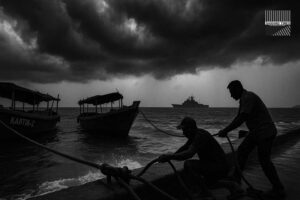





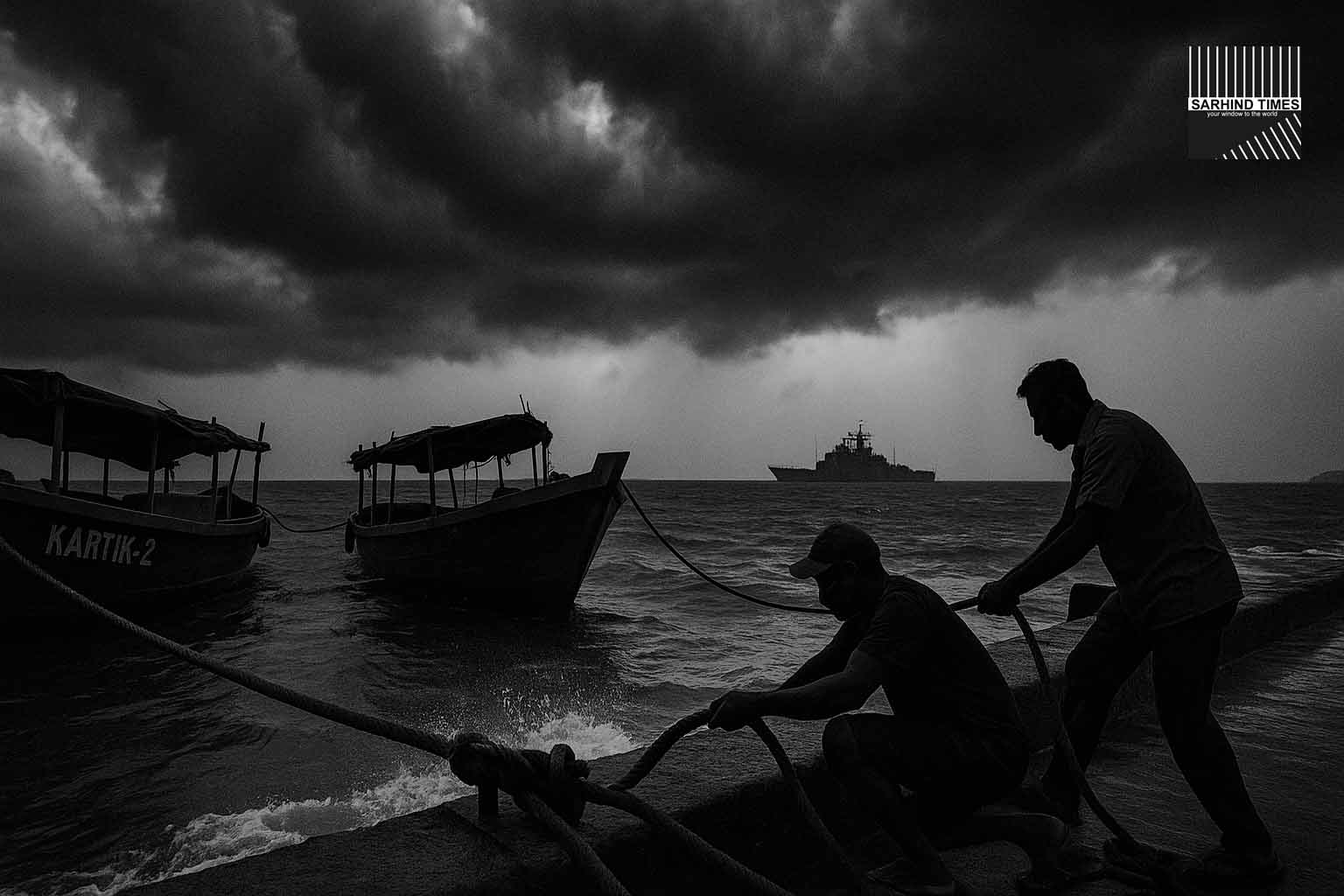


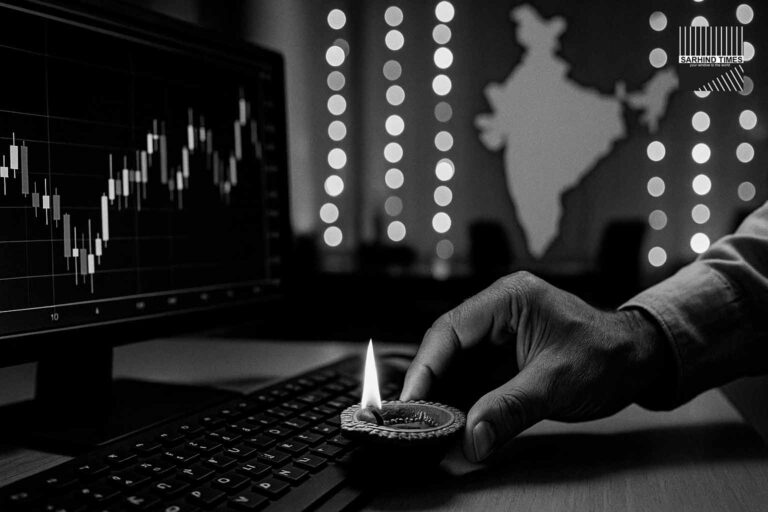



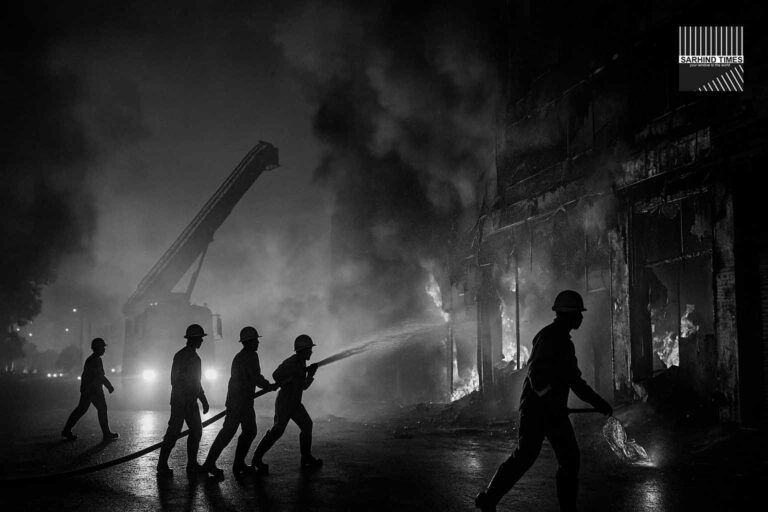
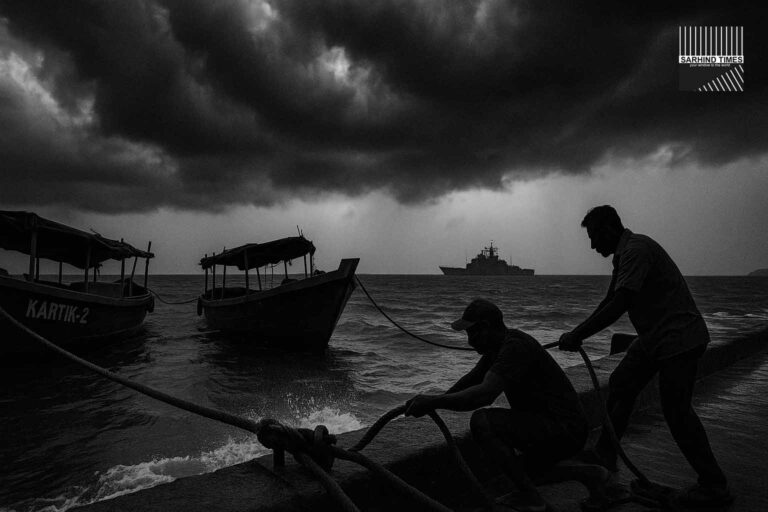
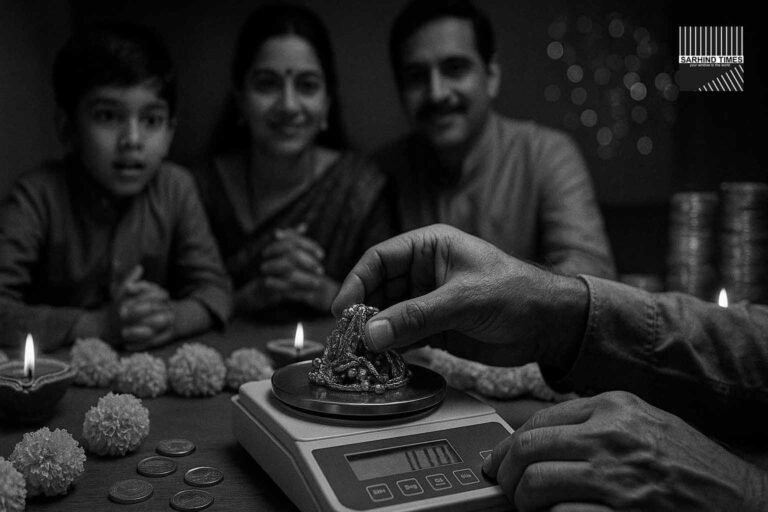
+ There are no comments
Add yours